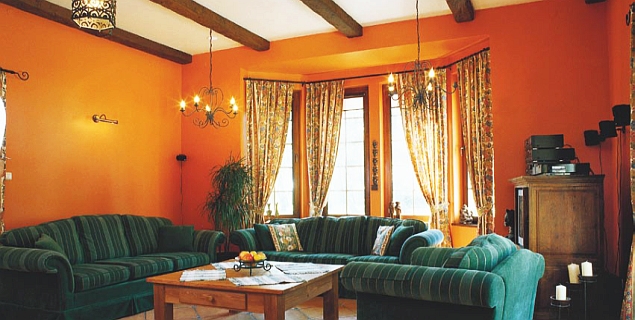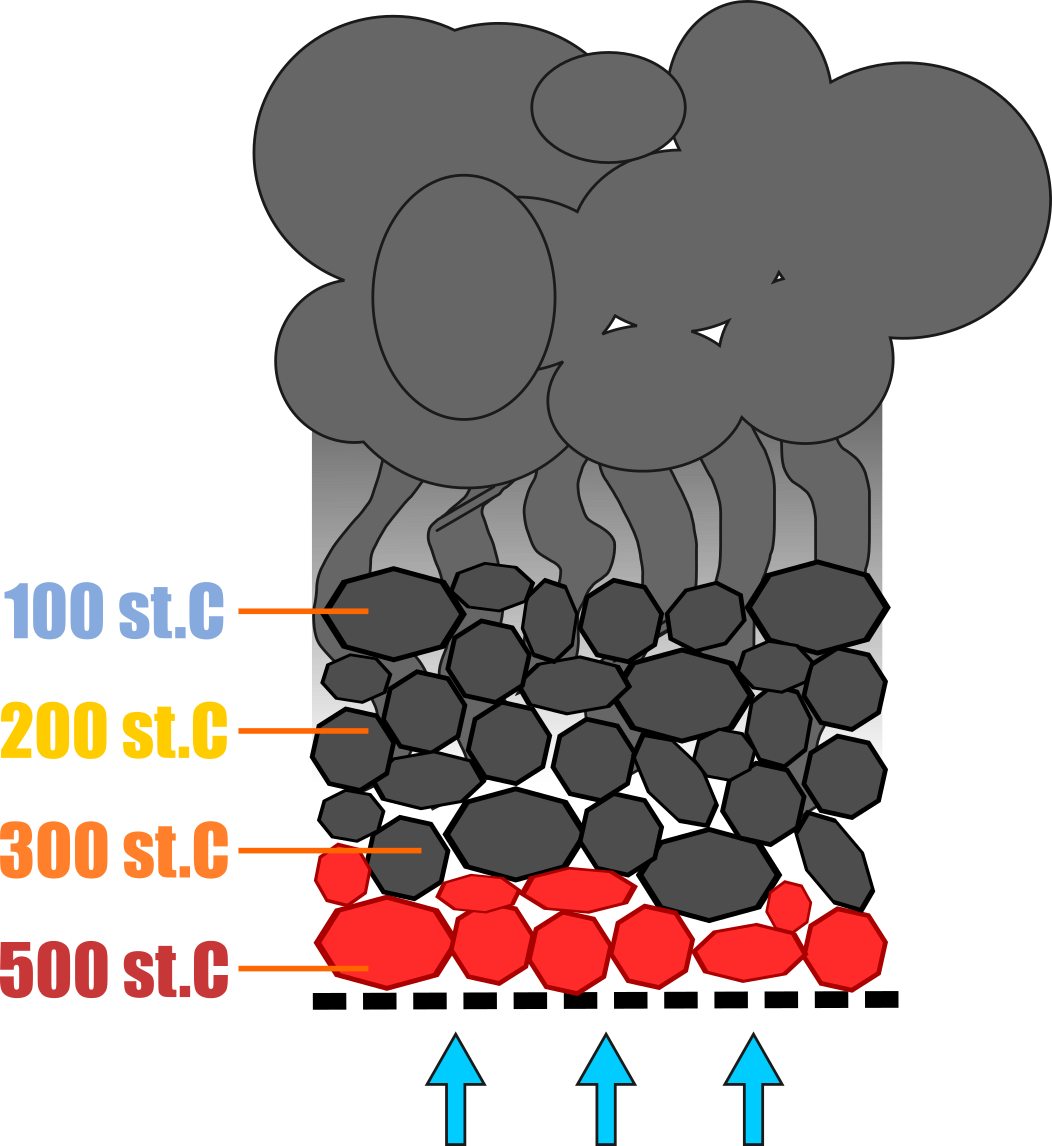 Piece dymne (so-called. „kurnyje piece”) by evolution, they created the basis for the type of true Russian stove used for many centuries, which is also used to cook food, baking … read on
Piece dymne (so-called. „kurnyje piece”) by evolution, they created the basis for the type of true Russian stove used for many centuries, which is also used to cook food, baking … read on
Daily Archives: February 6, 2013
CENTRAL HEATING
 CENTRAL HEATING
CENTRAL HEATING
From the 3rd century on, a third stage of heating emerges, characterized by the desire to heat several rooms, and even the entire building, one focus. This method of heating and distributing exhaust gases under … read on
HEATING WITH STOVES
 HEATING WITH STOVES
HEATING WITH STOVES
The second stage in the development of heating technology is distinguished by this, that heating is not done by burning fuel in the center of the room, but in specially built "clay pots", initially very much … read on
HEATING WITHOUT STOVE APPLIANCES
HEATING WITHOUT STOVE APPLIANCES
We have little information about the heating of inhabited rooms in the old days in Poland, but we know from the literature of other countries, that the field of heating and ventilation, in all stages … read on
AIR TEMPERATURE IN THE ROOM
 AIR TEMPERATURE IN THE ROOM
AIR TEMPERATURE IN THE ROOM
Considering the importance of hygienic heating, one should take into account the loss of heat by humans, depending on the effort you make while working. About 90% man gives heat from the surface of his skin … read on
THE QUALITY OF THE HEATED AIR IN THE ROOM
 THE QUALITY OF THE HEATED AIR IN THE ROOM
THE QUALITY OF THE HEATED AIR IN THE ROOM
Rational heating is not only about maintaining an appropriate and uniform temperature throughout the apartment, but also on this, that the heated air does not contain harmful components … read on
COAL COMBUSTION PROCESS
 COAL COMBUSTION PROCESS
COAL COMBUSTION PROCESS
The course of coal combustion in furnaces has 3 periods:
a) evaporation and separation of volatile parts, that is, the production of a gas with properties similar to those of light gas; it forms from the remnants … read on
EFFECT OF TEMPERATURE CHANGES ON THE FURNACE CONSTRUCTION
 EFFECT OF TEMPERATURE CHANGES ON THE FURNACE CONSTRUCTION
EFFECT OF TEMPERATURE CHANGES ON THE FURNACE CONSTRUCTION
The components of the furnace, such as bricks and tiles, expand or contract during heating and cooling. In order to allow the movement of elements during changes … read on
FLUE GAS MOVEMENT IN A FURNACE
 FLUE GAS MOVEMENT IN A FURNACE
FLUE GAS MOVEMENT IN A FURNACE
The movement of the flue gases in the furnace and in the chimney is due to the temperature difference: hot gases as much lighter rise up, and the colder as heavier … read on
HEAT OUTPUT OF THE STOVE
 HEAT OUTPUT OF THE STOVE
HEAT OUTPUT OF THE STOVE
By using a rational design of the furnace and its proper equipment, it is possible to reduce its weight and size, achieving the same or even greater thermal efficiency than in the case of a furnace. … read on